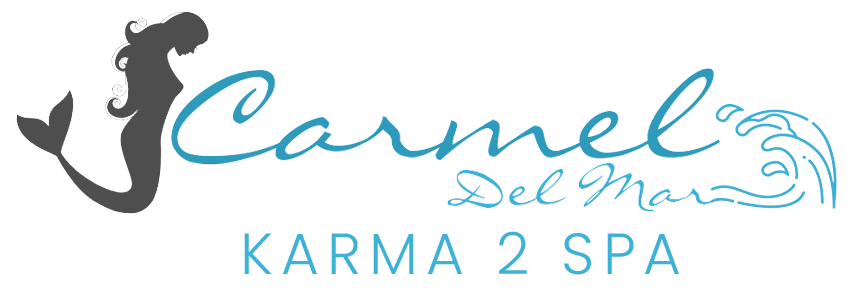Acne is the most common, yet misunderstood of all skin conditions. Little progress has been made in the
field, despite years of scientific research and numerous medications on the market, both prescription
and over the counter.
Most teenagers will experience acne vulgaris, the scientific name for everything from comedones (
blackheads) to cystic acne .It’s part of puberty to undergo an increase in oil production resulting from
the size number of oil glands, as well as the increase in sex hormones.
Most researchers believe that acne is characterized by four main characteristics.
First is retention hyperkeratosis. This is when the oil follicle gets clogged by dead skin cells, oil and the p.
acnes bacteria. All hair follicles contain an oil gland. The glands on the jawline and chin tend to be larger
and produce more oil, or sebum.
Second is the presence of the p. acnes bacteria, which some researchers believe is the basic problem.
However, all skin has p. acnes bacteria present at varying levels. So, why are some individuals prone to
acne while others never break out?
Third is oil production. However, many people are extremely oily and never experience a breakout, while
even those with the driest skin can struggle with constant breakouts,
Fourth is the hormonal connection. It’s a fact that the male hormone, testosterone will increase oil
production and can cause exacerbation of acne. Conversely, the female hormone estrogen will usually
improve skin with acne breakouts. This is the thinking behind using birth control pills to treat acne in
women. However, some birth control pills contain progesterone, which may be in a form which
aggravates the acne breakouts.
A commonly overlooked aspect is diet and environmental factors. In the US, we allow many food
additives, preservatives colors and emulsifiers in our food that ae banned in the UK, Canada and the E.U.
Many of these additives have been linked to increased acne breakouts. Another factor is the fact that
there are many toxins added to our water supply. Floride, chlorine and various heavy metals have been
linked to a variety of skin conditions. Using a water filter made for chlorine and other heavy metals will
improve the skin.
Other methods used for acne treatment include LED blue light therapy, which helps to kill the p. acnes
bacteria. Benzoyl peroxide, salicylic acid and oxygen therapies all kill the problematic bacteria and
therefore improve the condition.
A most common, but rarely effective treatment is the use of oral antibiotics, but as acne is not a
conventional infection, their effectiveness is limited and the side effects are problematic. Nevertheless,
most conventional dermatologists still prescribe them as a first line defense.
Alpha hydroxy acids can help by removing the dead skin cell buildup in the follicles. The side effects are
minimal and can be managed.
An important factor is diet. While there is no proven link between junk food and breakouts, many people
will experience a flare in symptoms after a sugary treat. This is most likely due to the high glycemic
content, which affects blood sugar levels. Interestingly, high glycemic foods have also been linked to
cross linking of our skin’s collagen fibers. High glycemic foods can be as damaging as UV radiation.
In summary, there are many effective treatments available to treat acne of all severities. Rely on your
esthetician to advise you on the best approach for your current skin condition. Rarely are invasive
treatments like Accutane necessary.
Carmel Buckley
